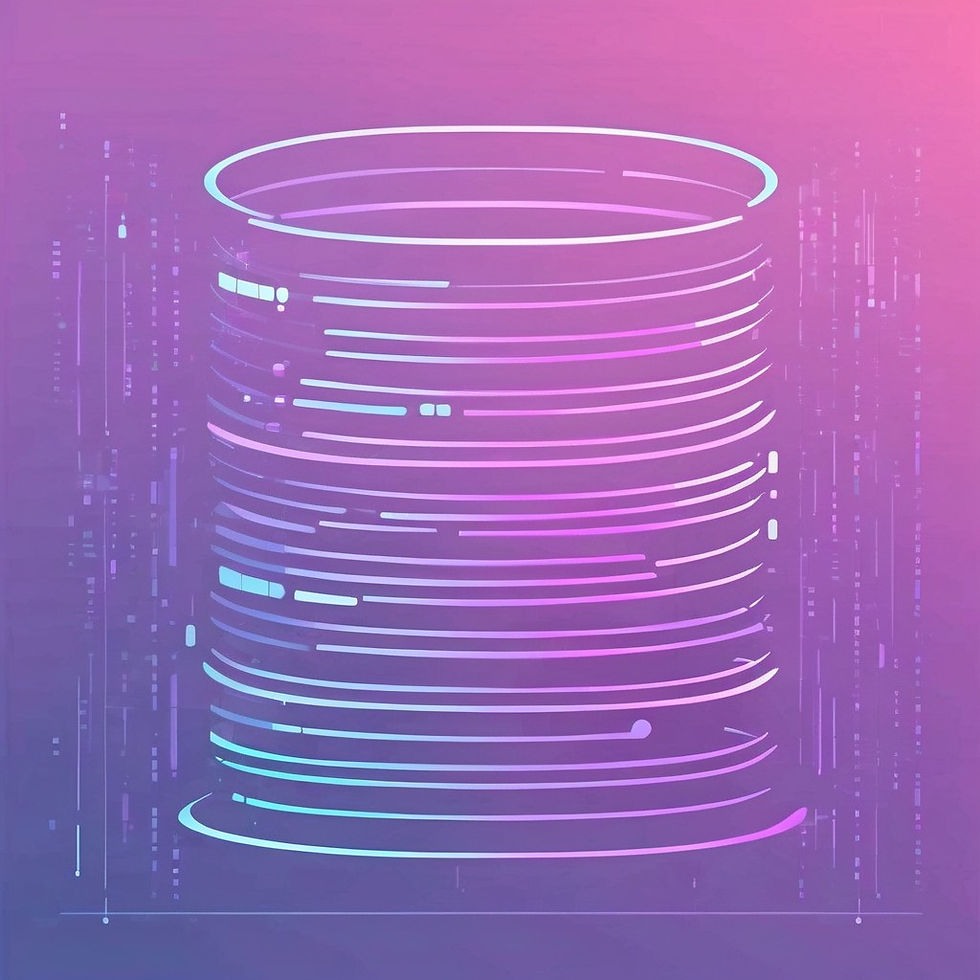Q&A with an Expert in Data Science
- zpa925
- Sep 22, 2023
- 2 min read
Updated: Oct 22, 2023

We wanted to share a bit more about us and what we do every day, so instead of writing a classic blog post, we decided to do a Q&A. Cristina, our founder, will be the one answering the questions today.
Q: How did you get stated in data science?
A: I took a general programming class after high-school and I absolutely loved it! After that, I started learning programming for data science by reading (many!) books and watching videos online. Following several work opportunities in data analytics, I then decided to pursue a Master’s degree in the subject to learn even more and I’ve been working in the field ever since.
Q: What does a typical day in the life of a data scientist look like?
A: Every day seems different to me! That being said, in general, data scientists spend quite some time exploring and cleaning the data, usually followed by a predictive model or by building a dashboard. Coding and communicating with stakeholders are the main parts of the job.
Q: What is your favorite project you ever worked on?
A: It’s too hard to choose one, so I’ll talk about a few of them!
Parking Occupancy Interactive Maps
One project I did was in collaboration with the city of Montréal a few years ago. The goal was to gain some insights about the parking situation in the Quartier des Spectacles during events. In order to do so, I used the data for parking occupancy and combined it with the data for shows and events to obtain an interactive parking occupancy map: the circles were clickable and represented an event (the bigger the circle, the more tickets were sold). Here is a picture of one of the maps:

I liked this project because it was incredibly useful. You don’t always need to build a model for the project to be a success (even though I love building models). Plus, if ever I want to go see a show there, I know all the good spots to find parking ;)
GM-Hero
Another of my favorite projects is GM-Hero: a ‘game’ for University students to learn about data analytics.
I created GH-Hero, in collaboration with Professor Jean-François Plante from HEC Montréal, by inventing a new sport with its own set of rules and then simulating synthetic match data with players, teams, and match events! The goal is for students to analyze the data in order to choose the best players to create their teams. They must transform the raw data into useful statistics to evaluate players! Then, we use the code I built to simulate playoffs between the chosen teams, NHL-Playoff style with a best 4 out of 7 format. I liked this project because there were a lot of creative aspects to it as well as the technical parts with the probability calibrations! The best reward is to hear how the students loved it! One of the students actually told me how it led him to using Excel at his job to start manipulating data to take data-driven decisions! I look forward to continuing the GM-Hero development over the next few months.


